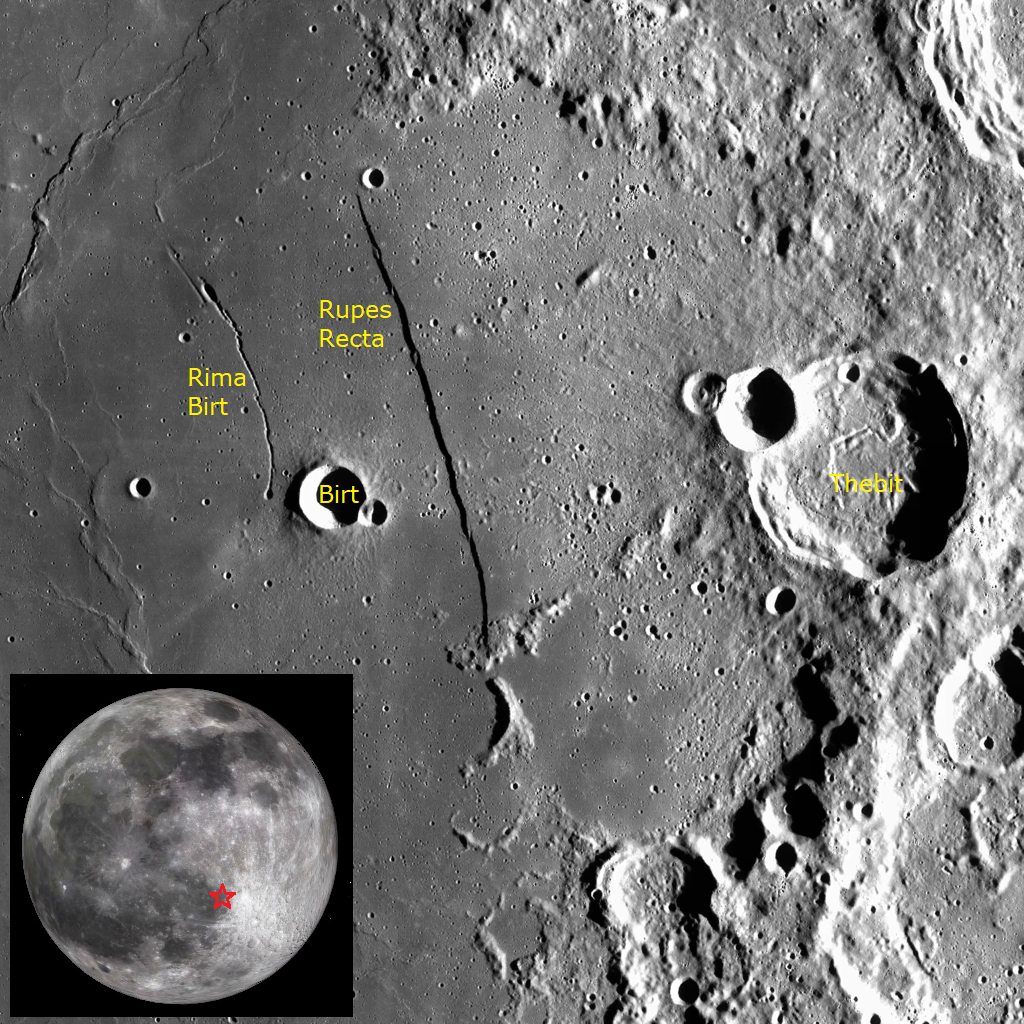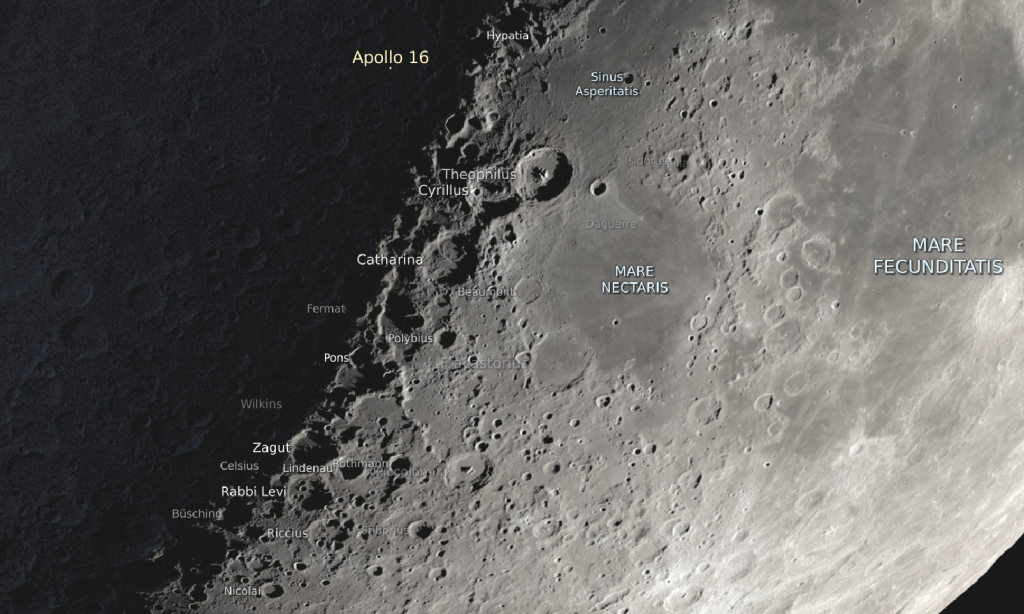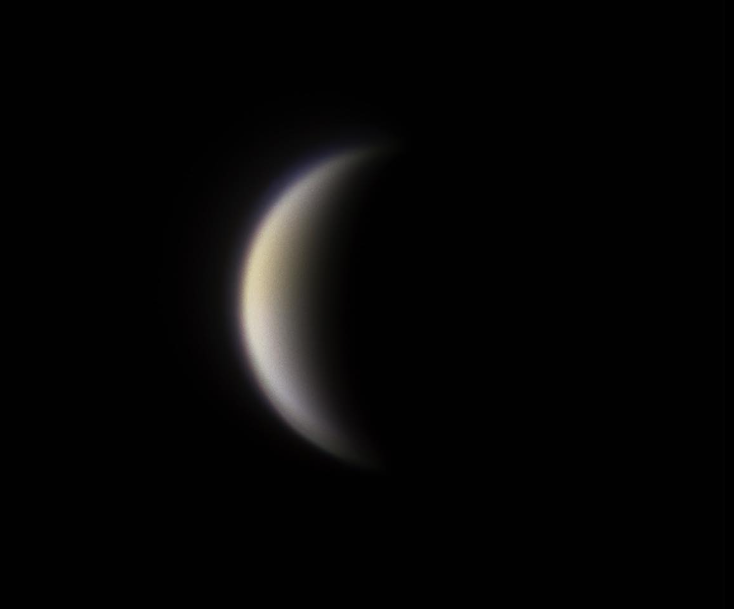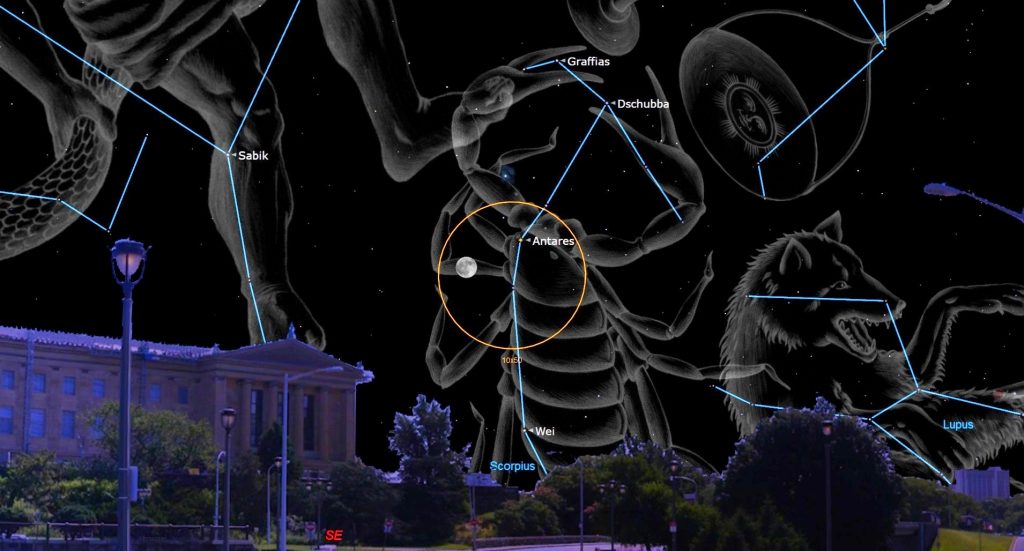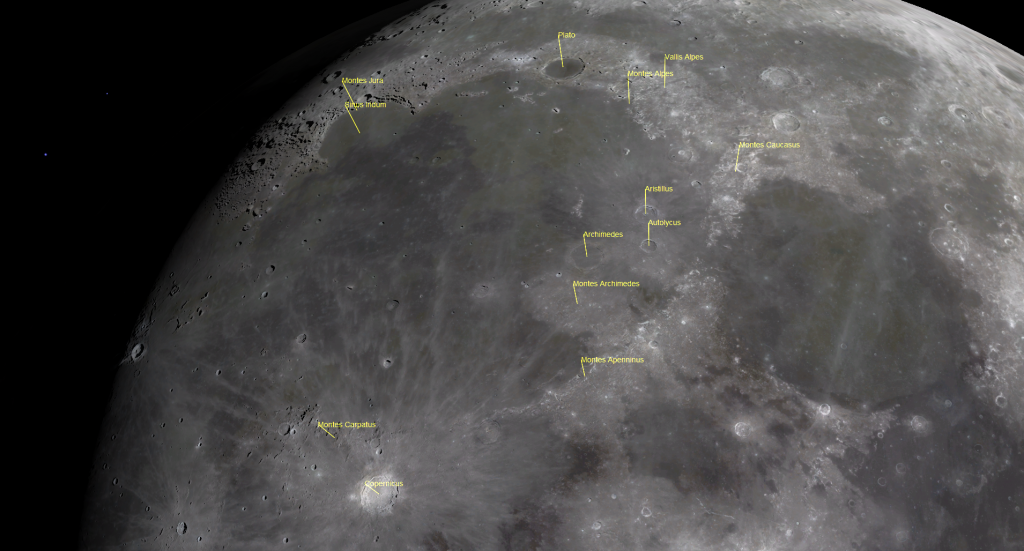Clocks Spring Forward, Mercury at Maximum Under Venus, and the Moon Manifests an X and Much More in Evening!
This image of the Lunar Straight Wall or Rupes Recta in Mare Nubium was captured by the Lunar Reconnaissance Orbiter. While the feature can be seen through binoculars, a backyard telescope will reveal more detail. (Adapted from NASA LRO) Hello, March Stargazers! Here are your Astronomy Skylights for the week of March 2nd, 2025 by…
Read more
